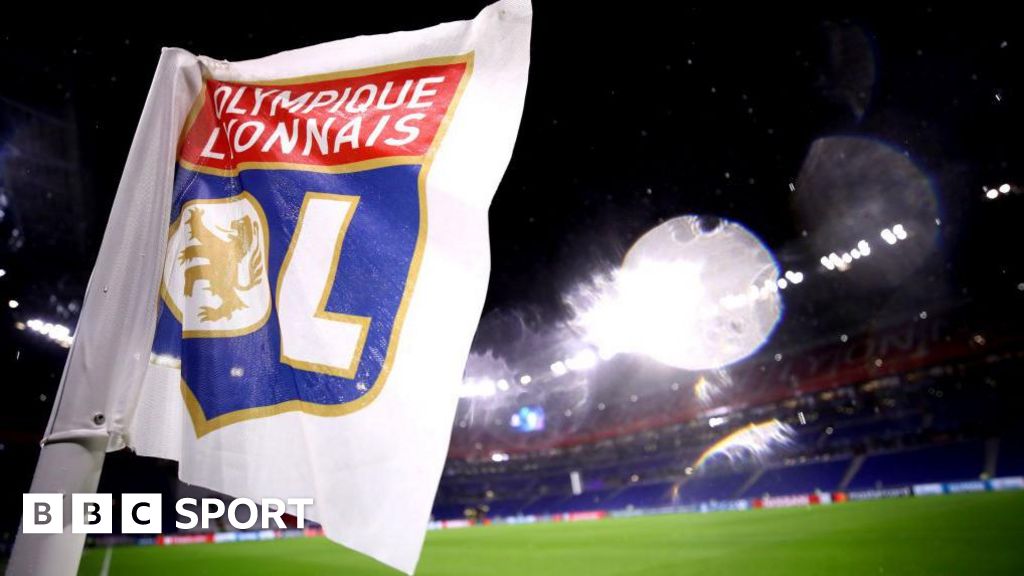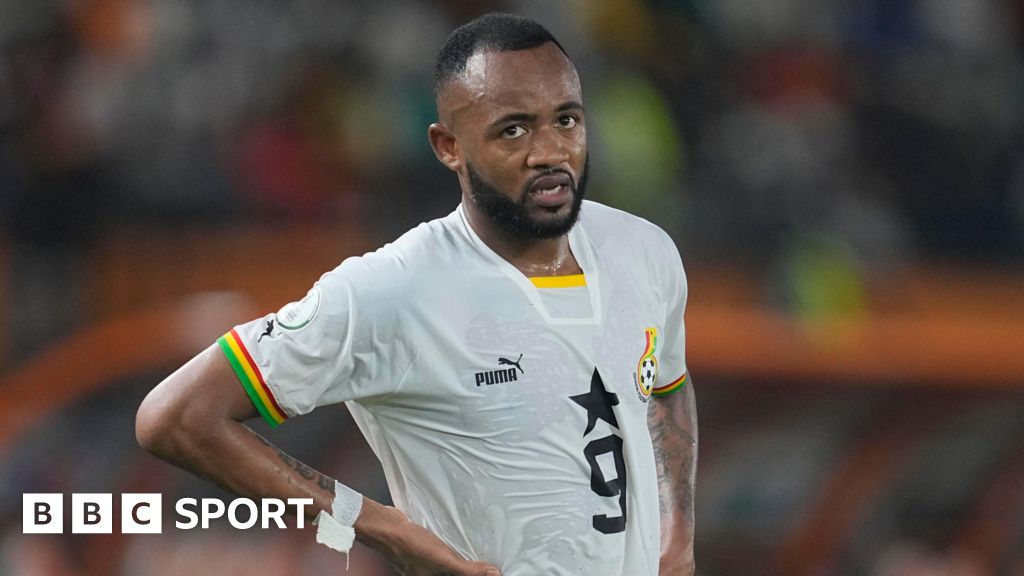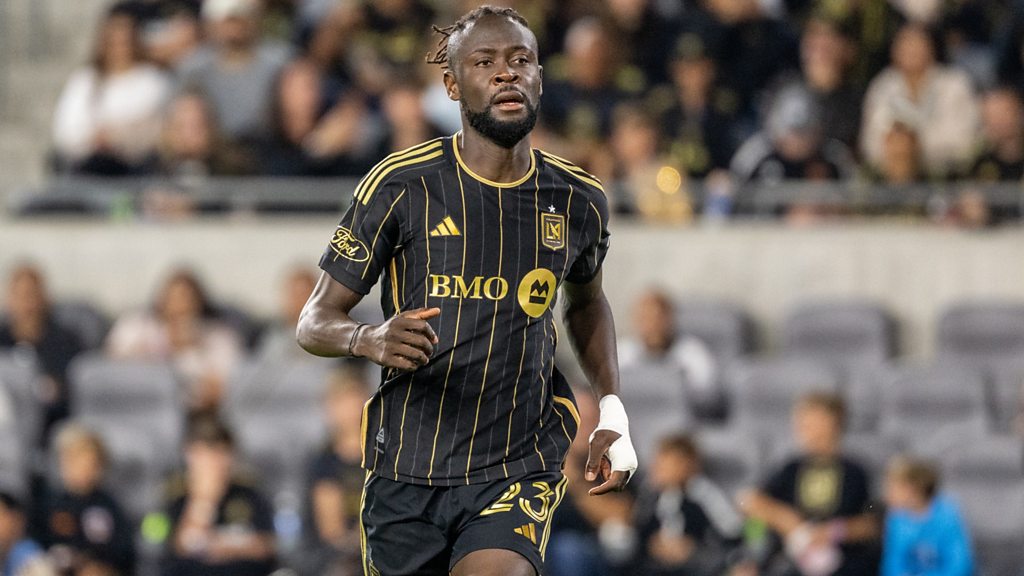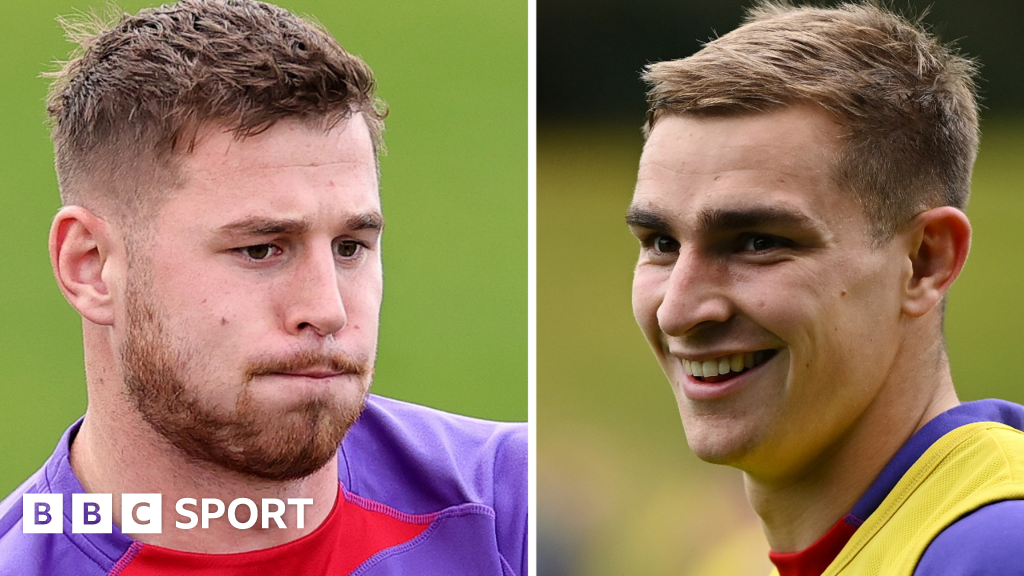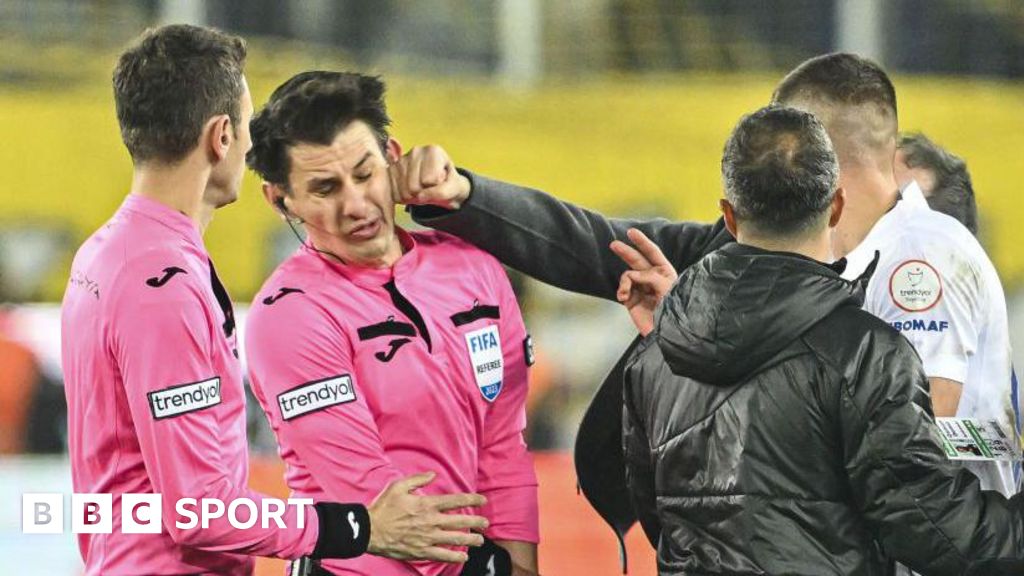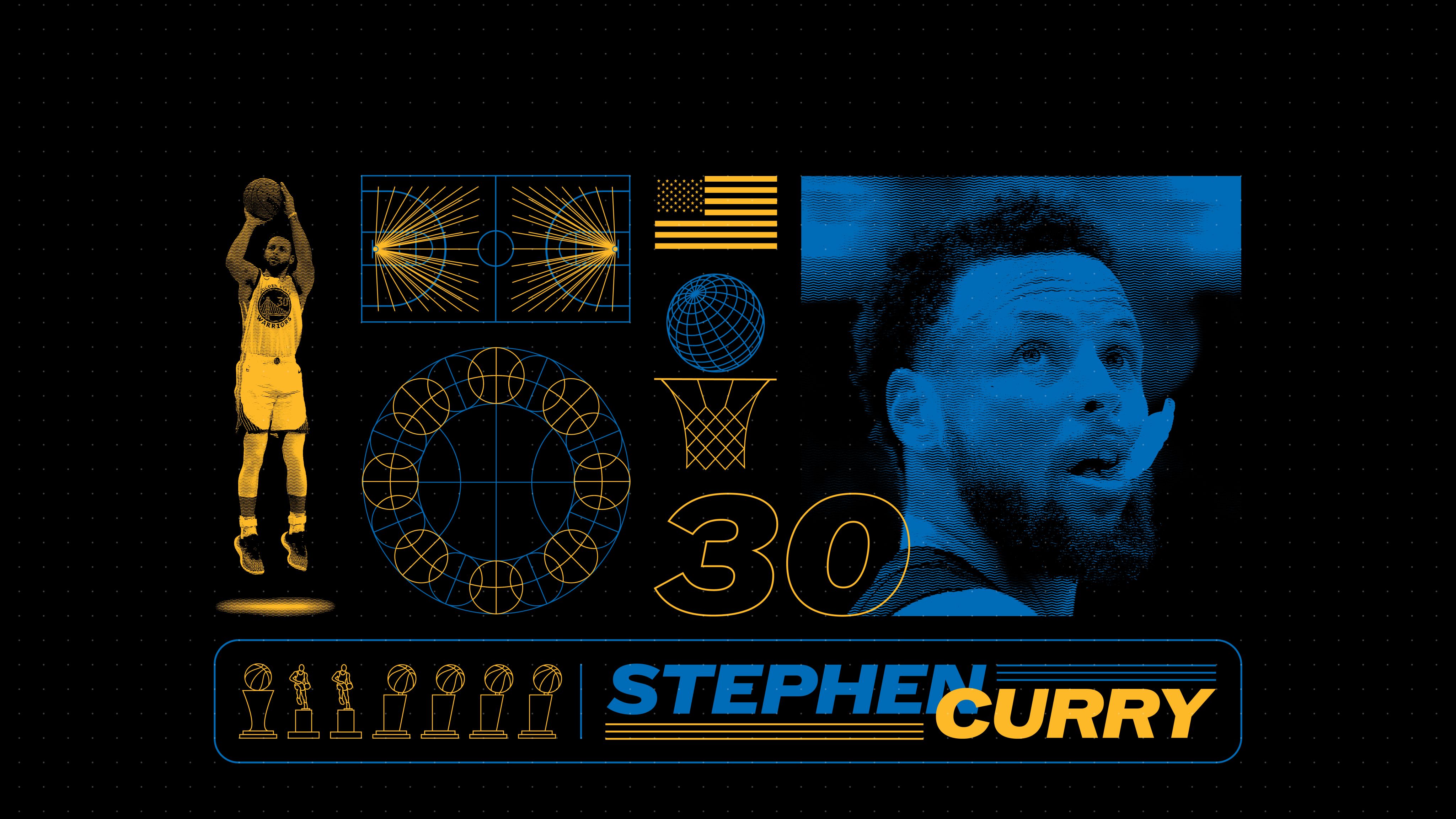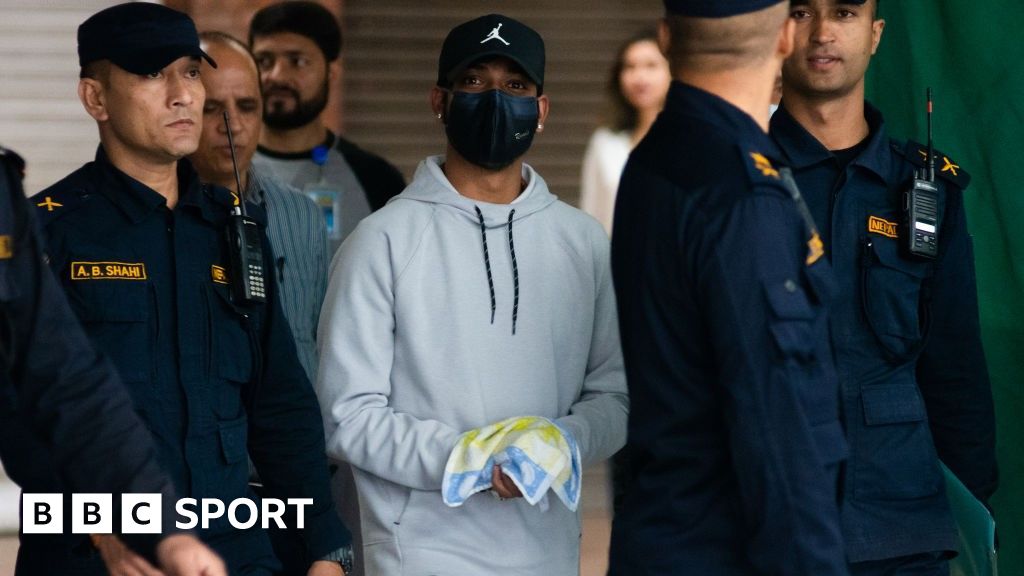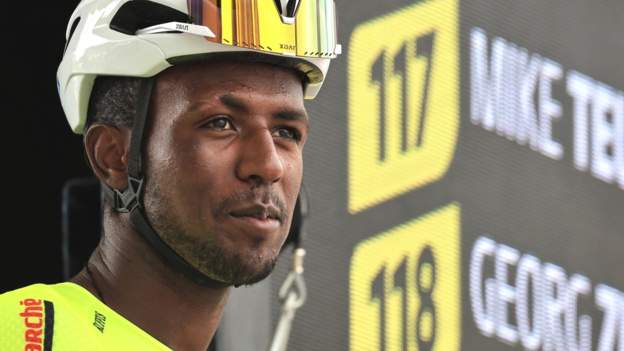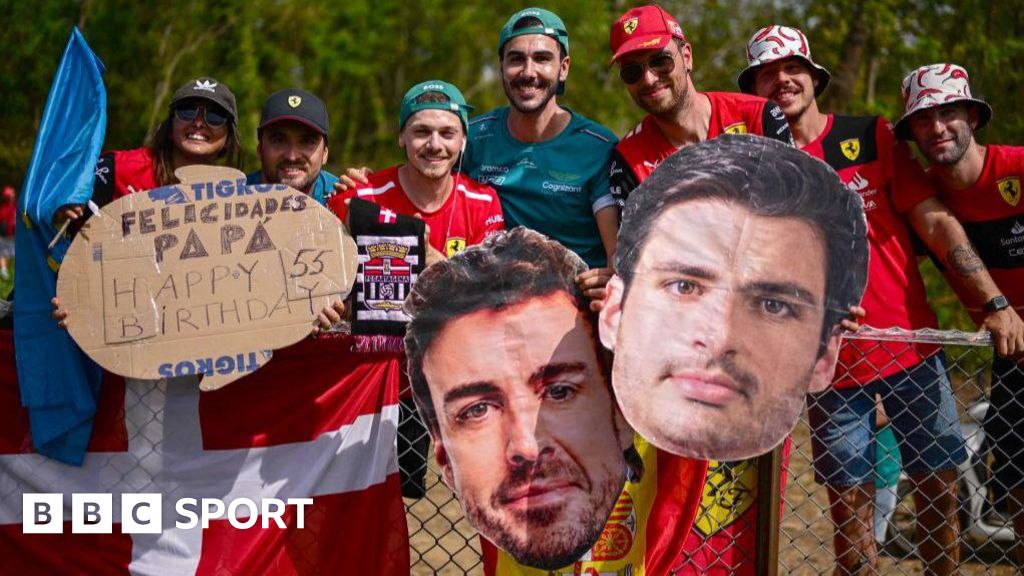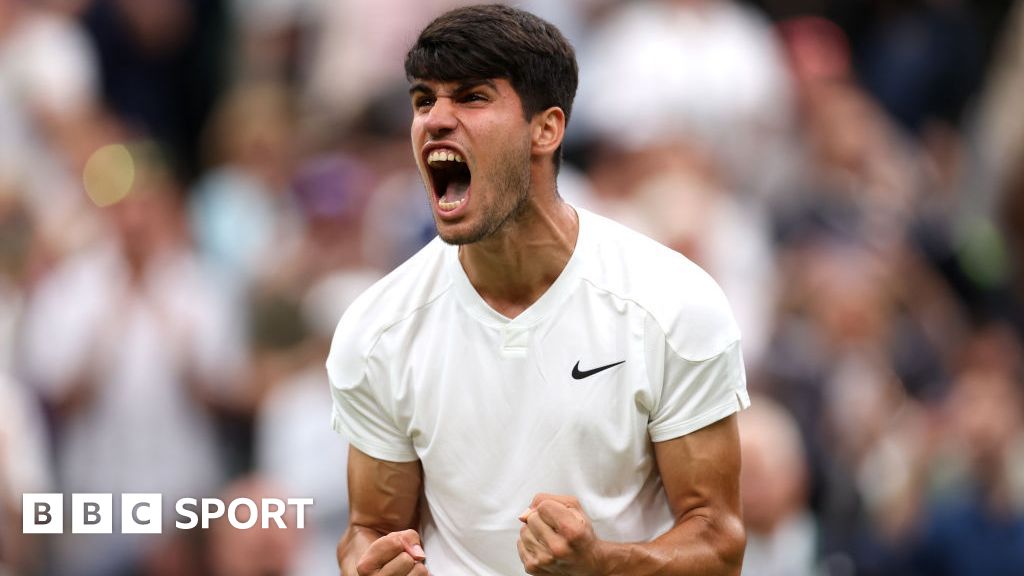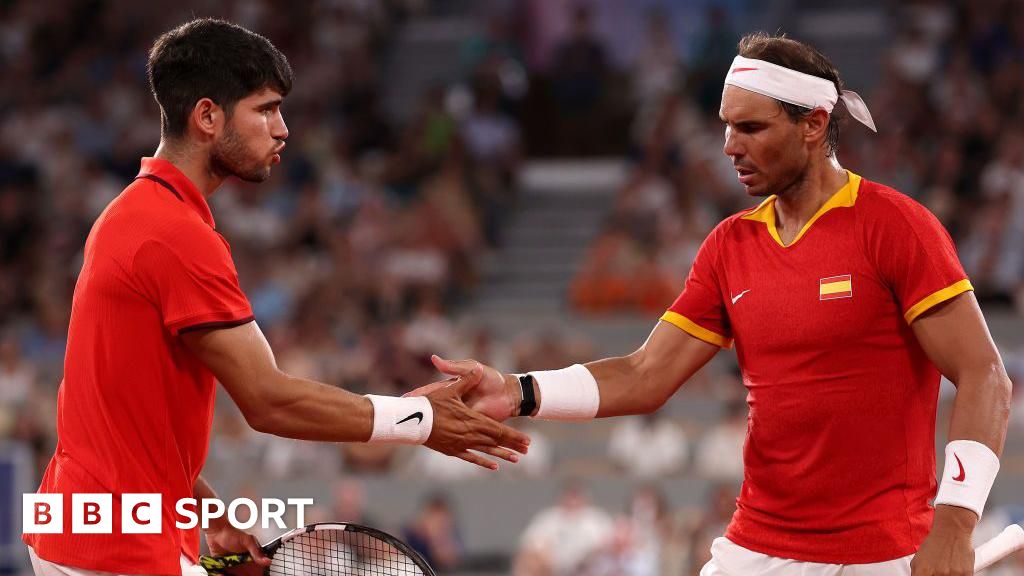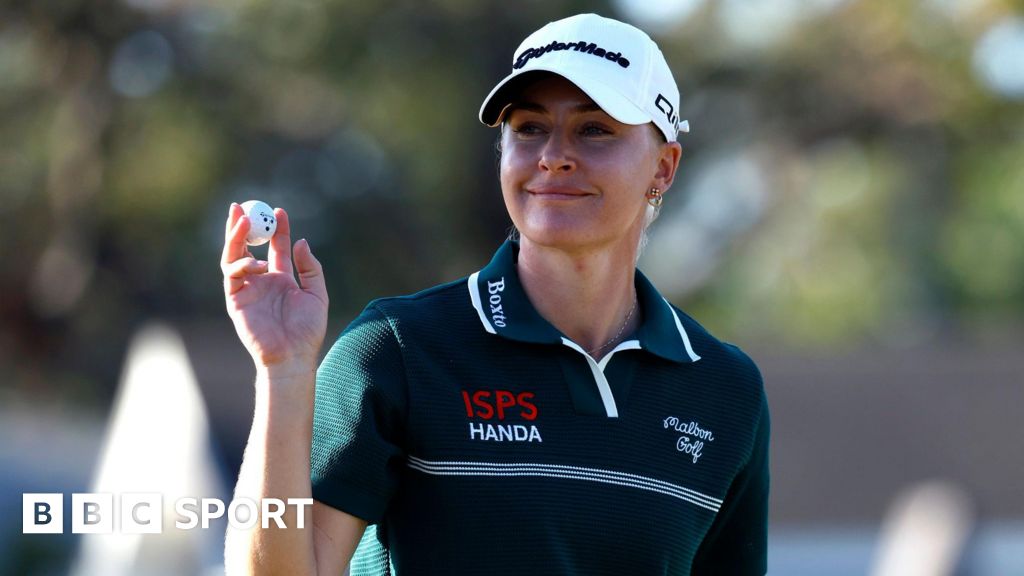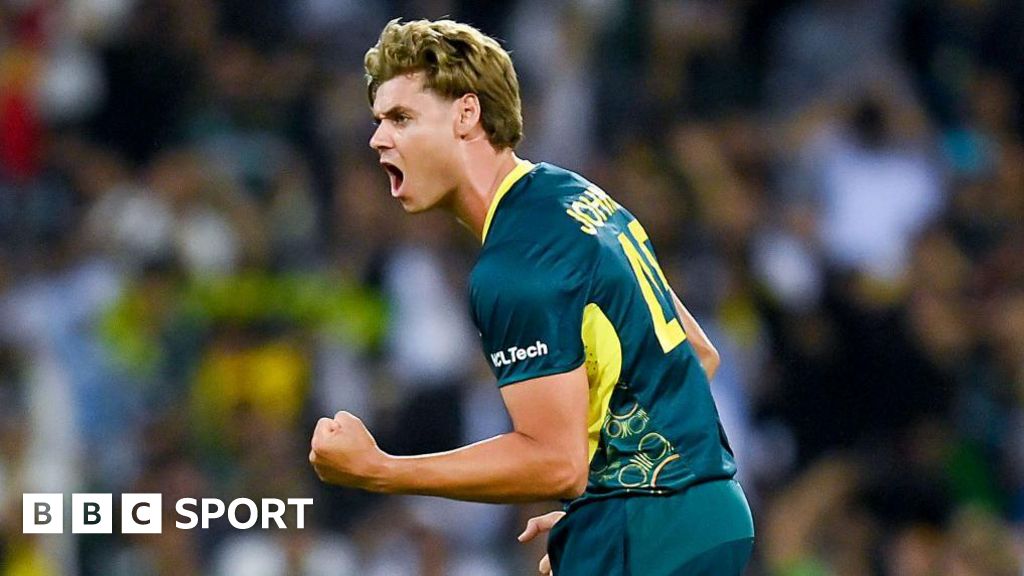NBA DRAFT & BIRTH OF THE ‘SPLASH BROS’
Curry was a high-profile but down-to-earth figure on his college campus.
Away from the court, he appeared in comedy skits for Davidson’s variety show, played in softball games and volunteered to help new students unload their belongings into their new dormitories.
But before his fourth and final year, Curry decided it was time. He declared for the 2009 NBA draft. The buzz about him had built steadily, but the man himself was not getting carried away.
“That’s all I’m really focused on at this point; just make it up the stairs,” Curry said in the days before the draft.
“I’m going to be nervous and I don’t want to trip going up on stage in New York when I hear my name called.”
He didn’t have to wait too long. He was selected by the Golden State Warriors as the seventh overall pick.
His selection reflected the remaining doubts; he was not the outstanding prospect of his generation. Some were unsure the potential would translate into a blossoming career and whether his skillset fit the NBA.
Respected scouts saw his strengths, but also plenty of weaknesses.
“Too skinny,” said one. “Lacks great athletic ability,” said another. “Far below NBA standard in regard to explosiveness…he’s extremely small for an NBA shooting guard,” wrote a third.
“Teams passed on him. Minnesota [Timberwolves] took two point guards, Ricky Rubio and Johnny Flynn, ahead of him,” says Dave McMenamin, NBA writer for ESPN.
“Certainly, he was a phenomenon in college. But some of it was kind of a novelty, because you see this little guy with skinny arms shooting from three or four feet beyond the three-point line. That wasn’t the customary shot that teams were looking for back in the day.”
In his first few years in the league there were glimpses of Curry’s brilliance. Although the Warriors’ roster contained a good mix of experience and youth, overall it wasn’t a team that could challenge for the championship.
But retrospectively every shot he made – especially from three-point range – picked at the fabric of the traditional NBA format. Soon it would unravel completely.
If the history books will list Curry as the main ingredient in the Warriors’ golden era, then Klay Thompson (drafted in 2011) and Draymond Green (drafted in 2012) were the perfect accompaniments.
Under the tutelage of head coach Mark Jackson and his successor Steve Kerr, the trio were key pieces in a brand of basketball that took the NBA by storm.
In the 76-year history of the league there has been a direct correlation between a team’s success and the quality of the player at the number five or centre position.
Typically the tallest and most physical players, they specialise in rebounding, shot blocking and intercepting aerial passes.
An NBA centre is typically seven feet tall or pretty close to it, which makes them rare. Athletes of that size clearly grow but, as the saying goes, not on trees.
Hall of Fame players who excelled at the position include Bill Russell, Shaquille O’Neal, Kareem Abdul Jabbar and Tim Duncan.
During the 2014-15 season the Golden State Warriors, like so many teams before them, were following the traditional basketball blueprint.
That was until, in a best-of-seven series, the team fell behind 2-1 to Lebron James and the Cleveland Cavaliers.
Kerr made the decision to replace seven-foot Australian centre Andrew Bogut with power forward Andre Iguodala, at a relatively modest 6ft 6in.
The adjustment surrendered size and strength for speed and play-making. It would soon become the Warriors’ default line-up and the results were deadly.
It was so dangerous in fact it would become known as the ‘Death Line Up’.
It wasn’t the first time a team had played without a traditional tall centre, but it unlocked a brand of basketball perfect for the Golden State Warriors’ individual players.
“The reason why it worked is the spacing in today’s NBA,” McMenamin says.
“There have been defensive rule changes which mean you can’t get up on a guy and basically armbar him to maintain contact. You have to give a degree of freedom of movement on defence.
“And so, if you already have Steph on one wing with Klay Thompson on the other, it’s a split-second catch and shoot and that’s three points ‘swish’ down the net.”
Curry thrived in the system. The shooting threat across the entire Golden State team meant opponents could not always afford to deploy two players to double-team and deny him the ball as they had previously.
Before Curry, the game of basketball had players considered dead-eyed shooters. The likes of Reggie Miller, Ray Allen and Kyle Korver come to mind.
Yet Curry had another special, if less spectacular, attribute which elevated him above them all: his movement.
There isn’t a second of the game when he is stationary. One of the best conditioned athletes the game has ever seen, Curry often finds himself guarded by several opposing players throughout a game – the exertion it requires makes it unsustainable as a solo job.
Former Cavaliers player JR Smith – who played against Curry in the 2015 NBA Finals – recently revealed what it’s like trying to keep track of Curry.
Smith confessed he was relieved the task had fallen to his team-mate Matthew Dellavedova, rather than himself.
“I love Delly to death, but Delly almost died guarding Curry,” JR Smith told The Old Man & the Three podcast.
“He could barely talk after, that’s how hard he was trying. That respect level, to me, it goes through the roof.”
As a result of trying to keep up with Curry, Dellavedova’s efforts after one game resulted in him suffering severe cramping. He had to visit a hospital to have an intravenous drip inserted.
“First my quads both cramped. Then my hammies. Then my adductors. I couldn’t move off the training table,” Dellavedova told ESPN a few years after the event.
“I was stuck on the table. I had the IV in and I was still cramping. They helped me to the cold tub and I just collapsed in it for 20 minutes.”
Changing their style changed the momentum of the 2015 Finals. The Warriors reversed the 2-1 deficit to the Cavaliers to win the series 4-2.
Curry and his team-mate Thompson lit up the series with their displays from beyond the three-point line, earning them the nickname ‘The Splash Brothers’ – owing to the sound the ball makes as it ripples the bottom of the net without touching the rim.
Like a stone being thrown into deep water.
It became common for Thompson and Curry to regularly make double digit three-point shots between them.
And the maths meant, in order to beat the Warriors, teams had to at least try to do the same. Keeping up with regular two-point shots was no longer an option.

